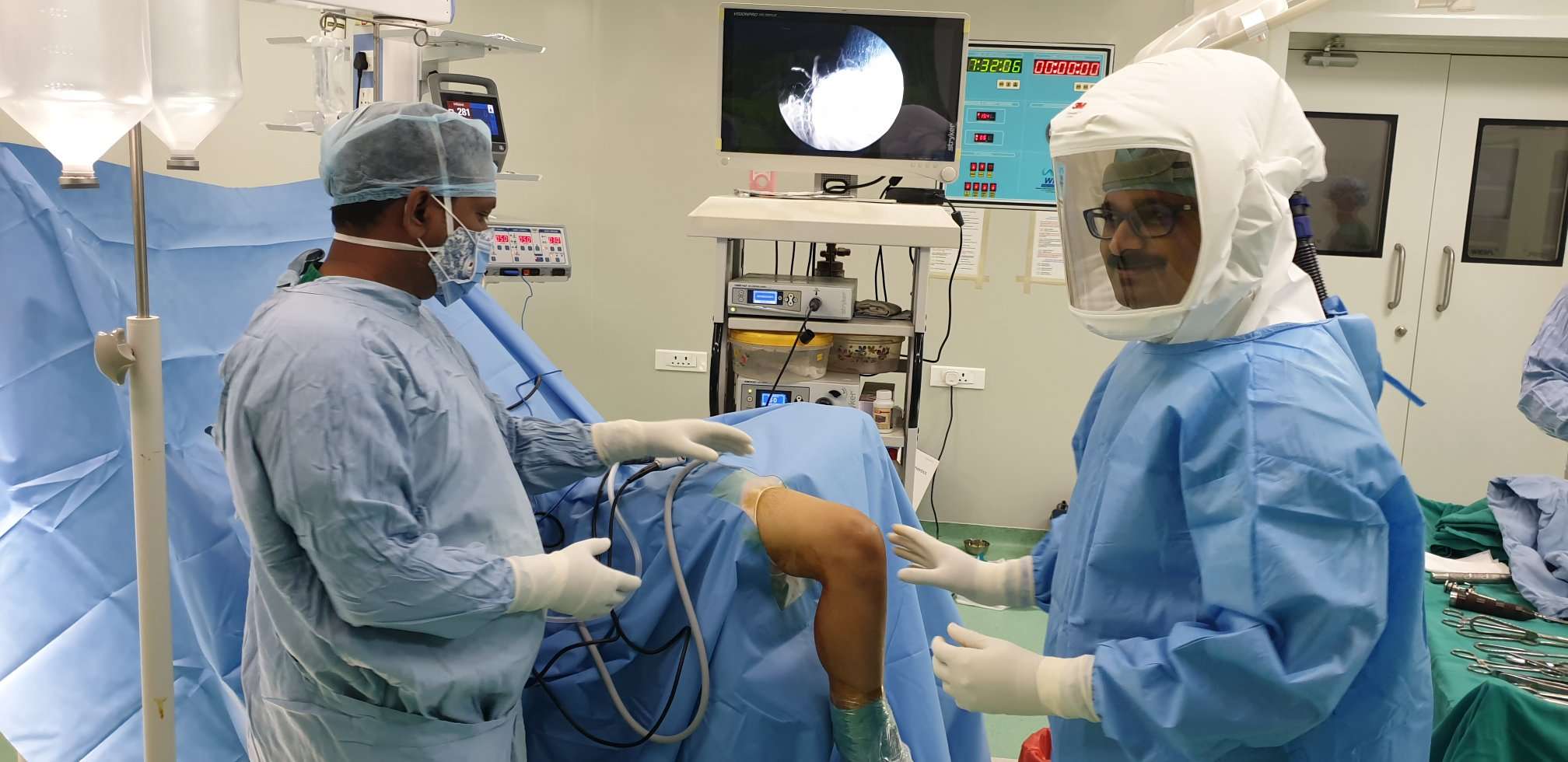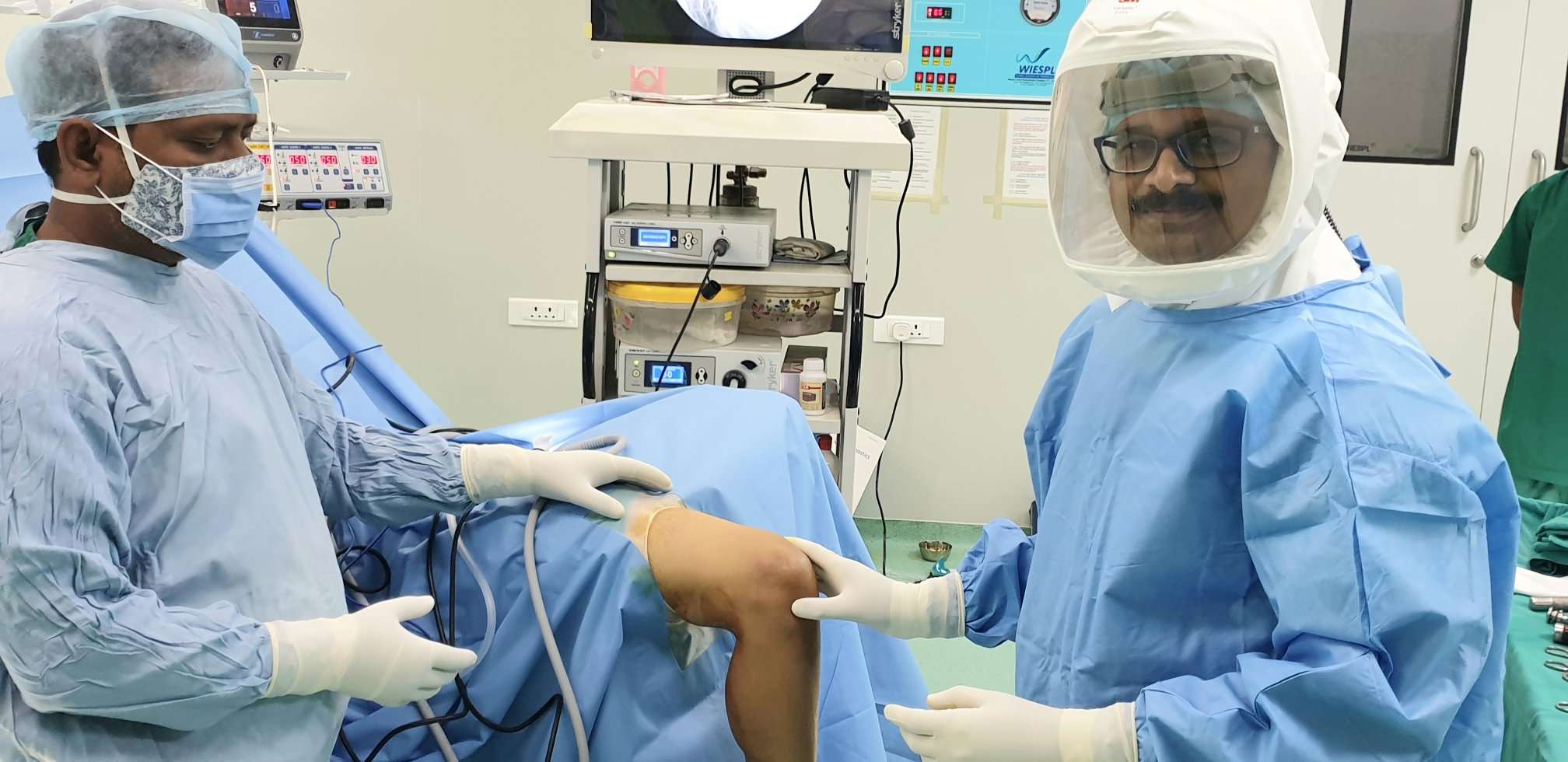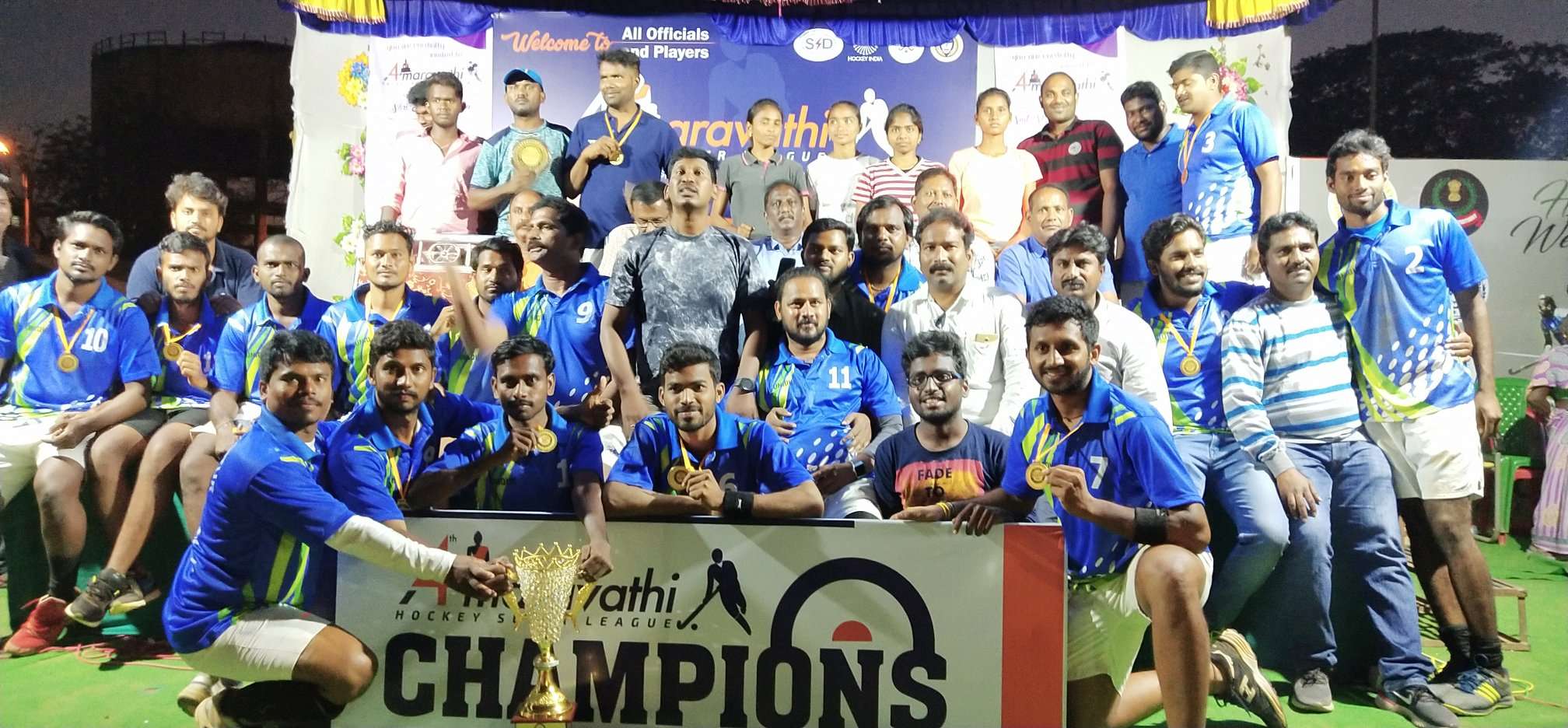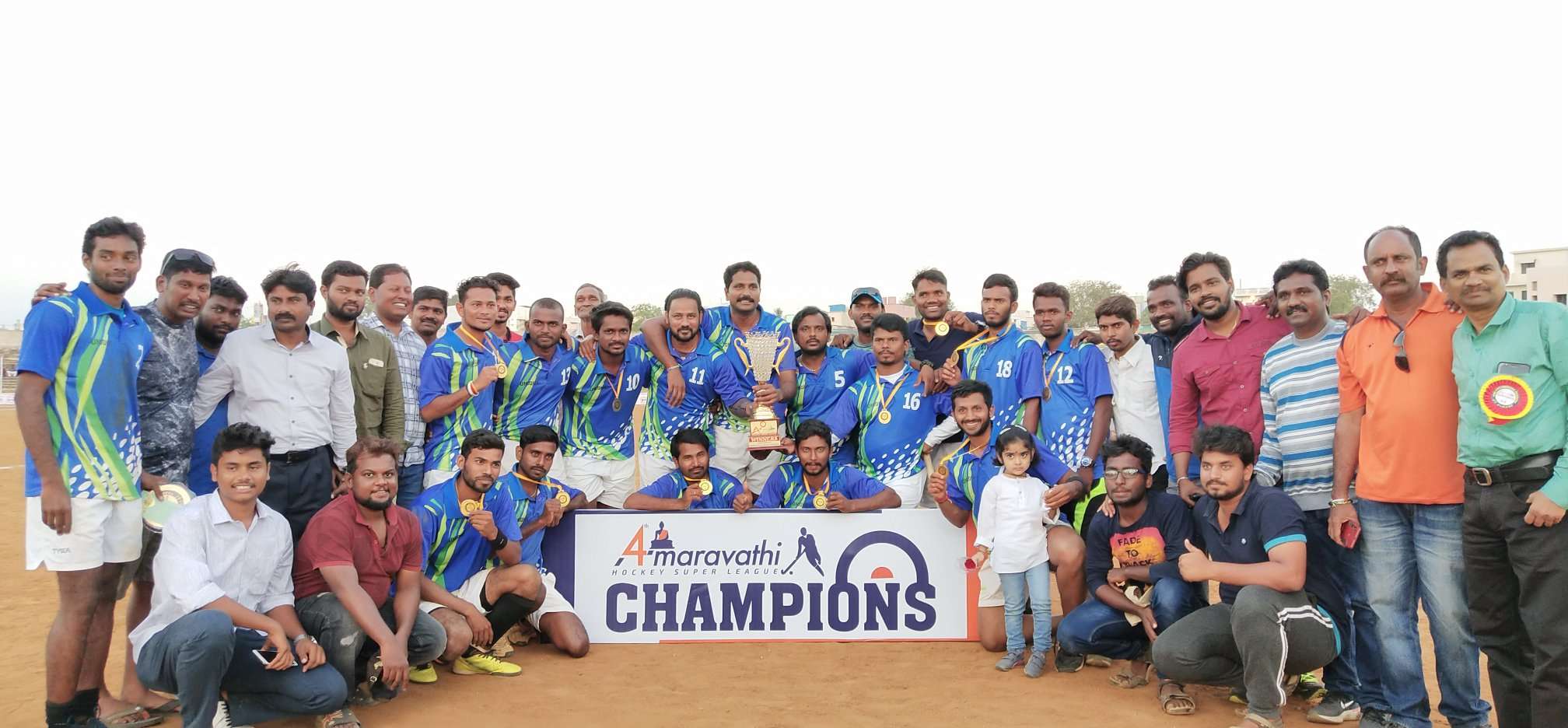Keyhole For Ligament & Sports Injuries
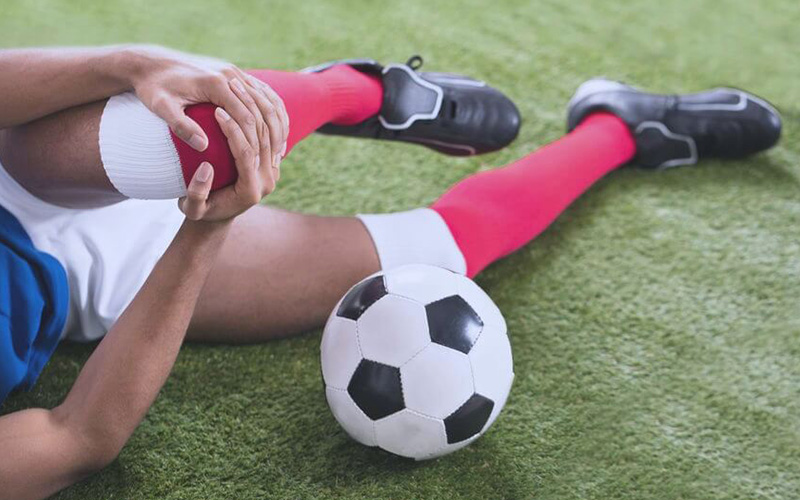
Sports injuries are injuries that occur in athletic activities like running or jumping from a height & non-guided exercises. It is very important to have active participation in warm-ups, stretching & exercises specially designed for a particular muscle group. The most common out of sports injuries are ligament injuries.
Symptoms:
Pain
A Popping Sound during activities leading to instability in the knee
Swelling
Why it’s done
Ligaments are strong bands of tissue that connect one bone to another. The ACL — one of two ligaments that cross the middle of the knee — connects your thighbone (femur) to your shinbone (tibia) and helps stabilize your knee joint.
Most ACL injuries happen during sports and fitness activities that can put stress on the knee:
Suddenly slowing down and changing direction (cutting).
Pivoting with your foot firmly planted.
Landing from a jump incorrectly.
Stopping suddenly.
Receiving a direct blow to the knee.
ACL reconstruction is generally recommended if:
You’re an athlete and want to continue in your sport, especially if the sport involves jumping, cutting, or pivoting.
More than one ligament or the meniscus in your knee is injured.
The injury is causing your knee to buckle during everyday activities.
You’re young (though other factors, such as activity level and knee instability, are more important than age).
Surgical procedure
The ACL Reconstruction Surgery is done Arthroscopically. Your surgeon will remove your damaged ligament, and then replace it with a segment of the tendon. This replacement tissue is called a graft and it comes from another part of your body.
Your surgeon will drill sockets or tunnels into your thighbone and shinbone to accurately position the graft, which is then secured to your bones with screws or other fixation devices. The graft will serve as scaffolding on which new ligament tissue can grow.
After the procedure
Once you recover from the anesthesia, you can go home once you are comfortable, usually, it takes around 1 or 2 days. Before you go home, you’ll practice walking with crutches, and your surgeon may ask you to wear a knee brace or splint to help protect the graft.
Your doctor will give you specific instructions on how to control swelling and pain after surgery. In general, it’s important to keep your leg elevated, apply ice to your knee, and rest as much as possible.
Follow your surgeon’s advice on when to ice your knee, how long to use crutches, and when it’s safe to bear weight on your knee. You’ll also be instructed when you can shower or bathe when you should change dressings on the wound, and how to manage post-surgery care.
Progressive physical therapy after ACL surgery helps to strengthen the muscles around your knee and improve flexibility. A physical therapist will teach you how to do exercises that you will perform either with continued supervision or at home. Following the rehabilitation plan is important for proper healing and achieving the best possible outcomes.
OUR SERVICES
We provide complete range of Knee, Hip, Shoulder and Elbow joint replacement solutions
.webp)
.webp)












